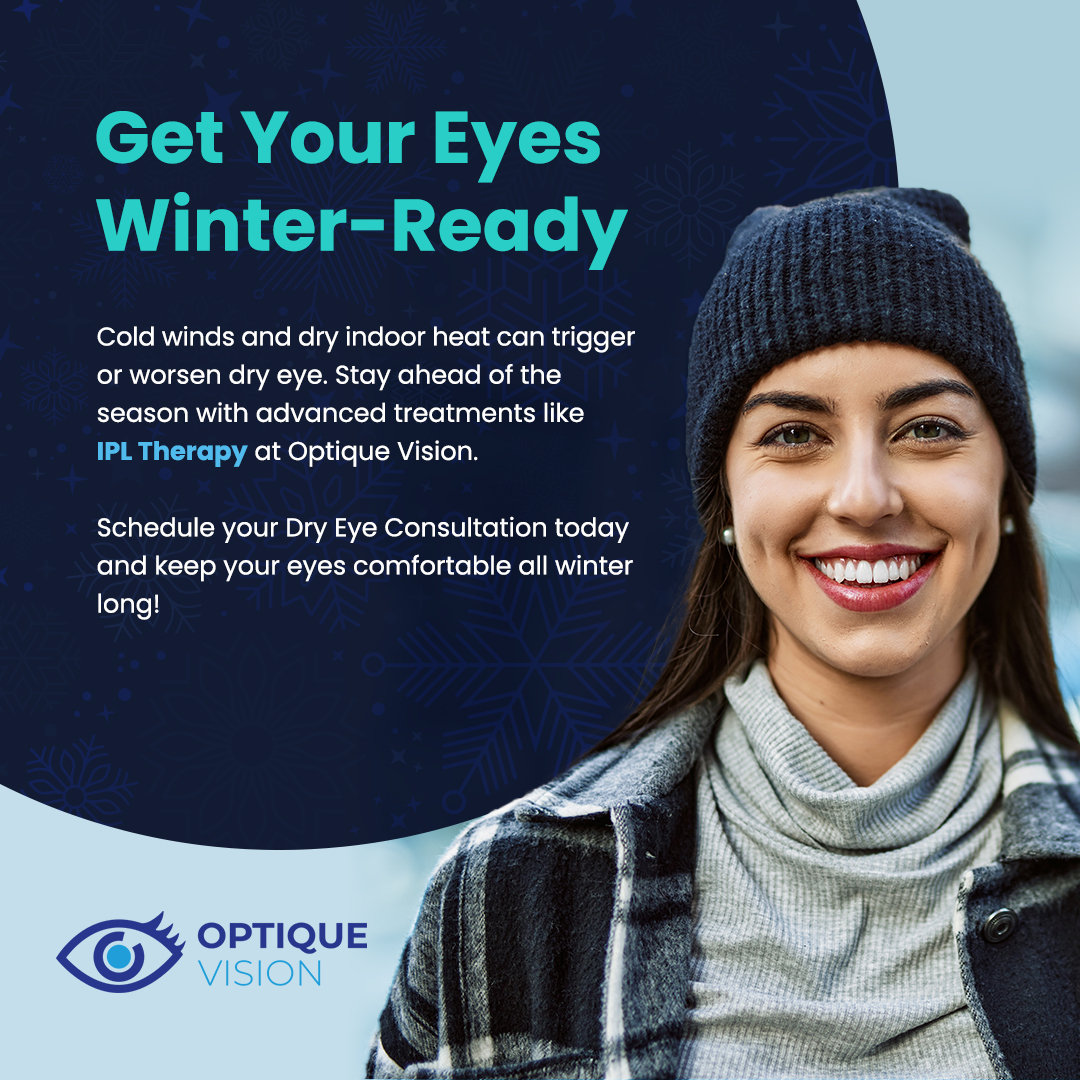HERO FEATURE
WELCOME

YOUR VISION IS
OUR FOCUS
At Optique Vision, we believe in the importance of delivering the highest quality optometry services in a relaxed and light-hearted family environment.
SERVICES
OUR FEATURED SERVICES
Our fantastic optical staff is trained to cater to your vision needs.

Contact Us
Use this form to send us a message to our staff today!
























